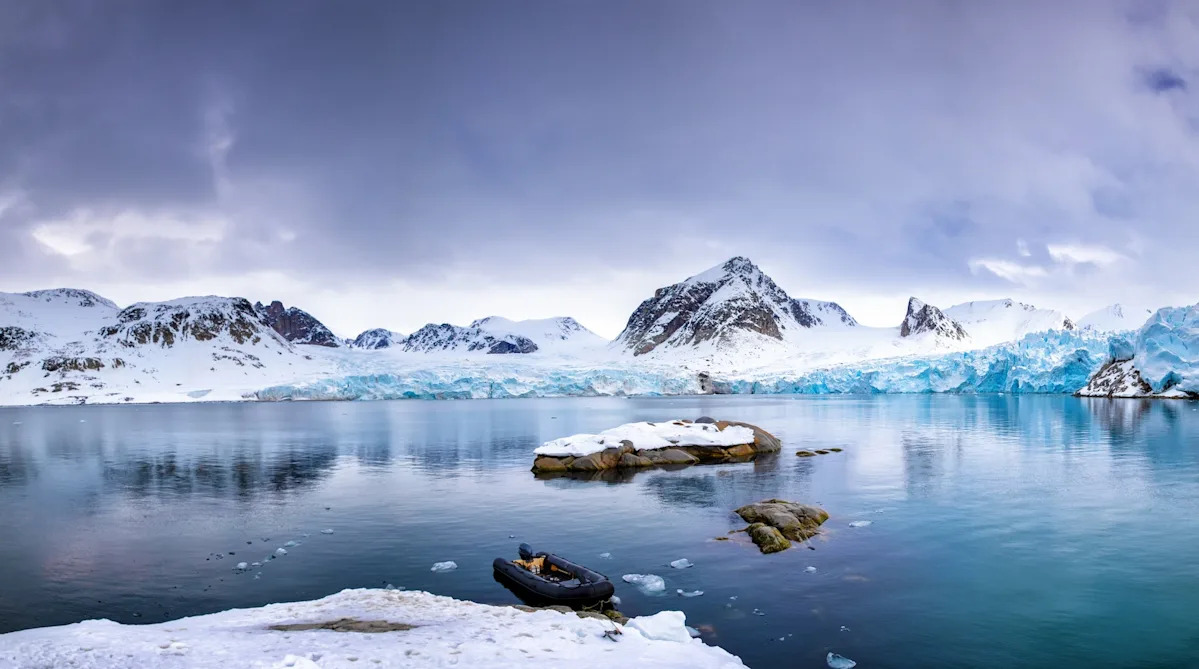Home / Environment / Melting Arctic Glaciers Unleash Toxic Pollutants, Threatening Fragile Ecosystems
Melting Arctic Glaciers Unleash Toxic Pollutants, Threatening Fragile Ecosystems
19 Oct
Summary
- Researchers found pesticides and pollutants in Arctic glaciers
- Melting glaciers are reintroducing these contaminants into the environment
- Urgent need for further study on pollution in polar regions

In a concerning development, a team of researchers has discovered a range of pesticides and pollutants trapped within three glaciers in the Arctic Ocean. The study, published in the journal Environmental Research, sheds light on how a shifting climate is making our planet increasingly vulnerable to the spread of harmful contaminants.
The researchers took samples from three Spitsbergen glaciers in the Svalbard archipelago, located in the Arctic region. Their analysis focused on polychlorinated biphenyls, legacy pesticides, and current-use pesticides found in the shallow ice cores and seasonal snow. The findings reveal that the once-pristine Svalbard region is now significantly contaminated by these toxic pollutants.
The researchers observed that as the Arctic ice melts at an accelerated pace, particularly since 2000, the previously trapped pollutants are being reintroduced into the environment. This process is transferring these contaminants into nearby lakes, rivers, and soil, posing risks to the delicate Arctic ecosystems.
The study underscores the urgent need for further research on pollution in polar regions, as the melting of glaciers and snowpack can mobilize harmful substances and expose them to the wider environment. By studying the chemicals contained in snow and ice, scientists can gain valuable insights into changing climate patterns and the deterioration of glaciers worldwide.




